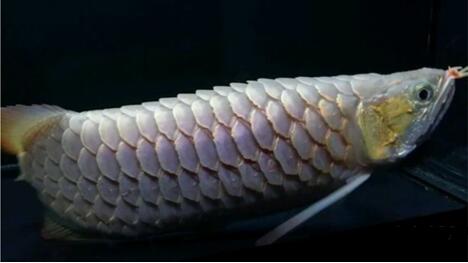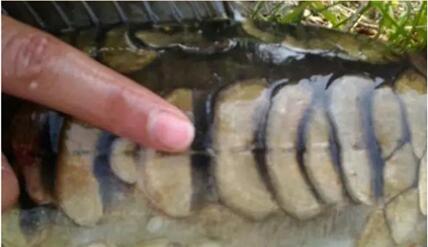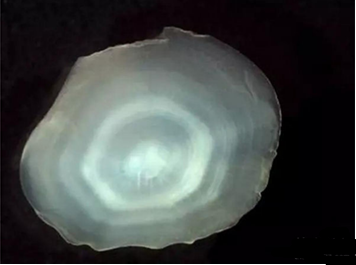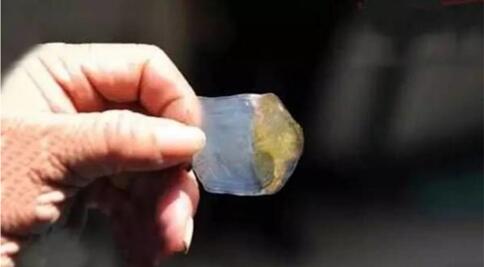How to Estimate the Age of Fish

Today I want to introduce a simple method to identify the age of fish: Pick off a scale of the fish waiting to be verified, and observe it under the microscope or magnifying glass. It will be found that the surface of the scale has black and white circular fringes, as if the annual ring on the transverse section of a tree. Now, all you need to do is to count the number of the black ring-shaped stripe on the scale , and then plus one to the result, which is the actual age of the fish. For example, there are three black circles on the scales, then the actual age of the fish is four years old.

Fish produces annual rings, mainly due to the cyclical transformation of nature year after year, which determines its growth - the scales of most bony fishes evolve from dermis to bone scales, and the scales are made up of many concentric circles. The composition of the ring--the change in the growth of the fish leaves a clear trace on the scales.

The whole body of the fish is covered with scales. The scales are made up of many different sizes of sheets. The middle is thick and thin on the sides. The top layer is the smallest, but the oldest, the bottom layer is the largest, but the youngest. Fishes grow at different speeds throughout the year. Usually, grow fast in spring and summer , slowly in autumn, stop growing in winter, and returns to growth in the second year. The same is true for scales. The spring and summer parts are wider, the parts produced in autumn are narrower, and the winter stops growing. The different width and narrowness of the sheets are stacked one on another, forming one or more belts around the center, forming a plurality of belts called "growth years". The number of growing years is exactly the same as the number of years the fish has experienced. The broad thin slices produced in spring and summer are sparsely arranged, and the narrow thin slices generated in autumn are closely arranged. There is a clear boundary between the two, which is the boundary line between the first year growth zone and the second year growth zone, called the "annual ring". The age of the fish is small, and the age of the fish with less "annual rings" is small. Therefore, depending on the number of rings, the fish scale can be used to calculate the exact age of the fish.

The age of the fish can be estimated from the number of concentric circles on the scales. For example, the (salmon) fish in the picture below is 9 years old!
FISH PABY share fishing knowledge every week.




